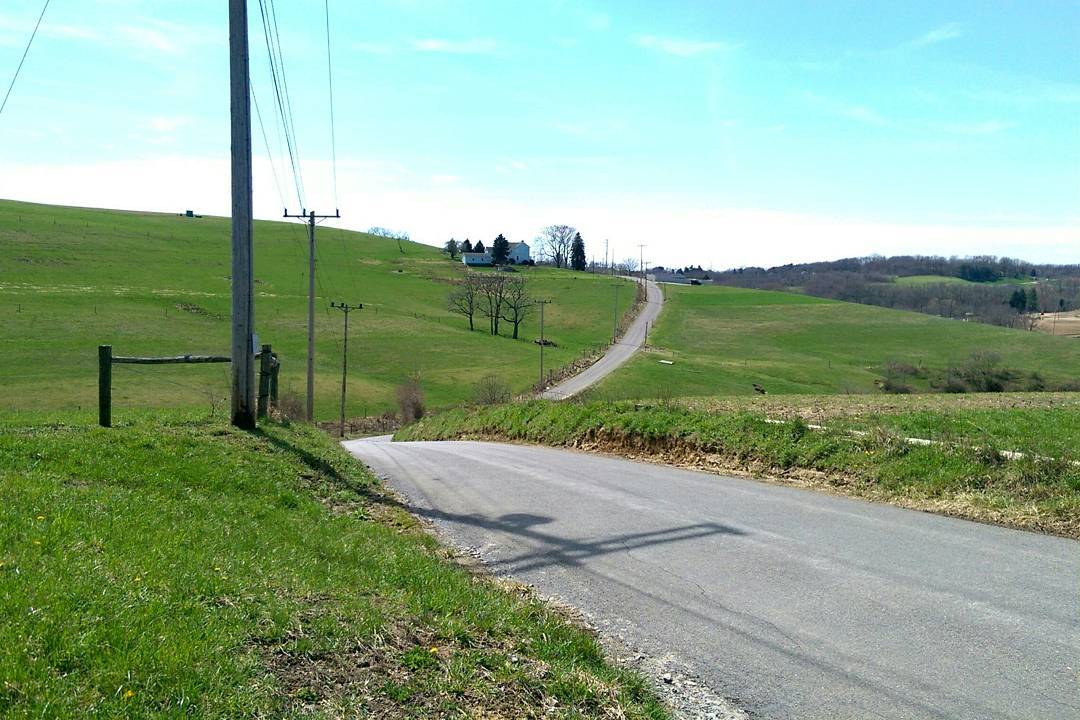Event-ful… Or Not
Jun. 2nd, 2025 11:34 amIt’s been an eventful month since my last update. There are a lot of topics to cover, which means I’ll be only saying a couple sentences about each one. Rapid-fire, go!
After two years of use, at the end of April I brought Pæthos into the shop for a quick tune-up. What a terrible experience! They kept my bike for 15 days… that’s longer than it took me to recover from heart surgery! They never sent the promised estimate, so the $765 fee was a shock; plus they included an extra bicycle chain that I didn’t request. And the tech installed my Di2 rear derailleur cable incorrectly, so the cassette yanked the cable out of the frame. Fortunately I noticed it when I got home and fixed it myself before it caused any serious damage or injury.
 Circuit of the Americas |
 Bicycle House Ride |
 Friday Truancy Ride |
 Bloody Knee |
The larger problem for me was that I was completely off the bike for those two weeks. My Fitness again plummeted, from 40.6 down to 29.1 (it stood at 56.6 back on March 5th, before my heart surgery). The shop returned my bike only two days before an event I wanted to do. Although my heart was strong enough, after a long layoff post-surgery, followed by an even longer one for the tune-up, my legs just didn’t have the stamina or conditioning for a 100 km event. So I didn’t do the Stampede on the Chisholm Trail ride I’d hoped to try, which was frustrating.
But there was another, less formal ride a week later. The only problem was that suddenly we were in the middle of our first Texas-style heat wave, and… while I might consider 100 km in normal weather, I was in no way prepared to do so at 42°C! So I also bailed on Trek’s Pedal Around Austin ride. Another swing and a miss… but I got some good heat acclimation rides in that week!
Around this time, my partner left on a monthlong trip to the northeast to visit family. That left me with lots of free time, so recently the only limit on my riding has been my ability to recover in between rides!
One highlight was the decidedly low-impact Ride of Silence in honor of cyclists killed or injured on the roadways. I got to ride some new roads, and on my way home I enjoyed my first night ride of the year. I purposely made stops at several scenic locations around town, and finished up just after 10pm.
I’ve done four of my regular Friday Truancy group rides, but even there I had one of those embarrassing low-speed tip-over falls at our cafe stop, which resulted in a scraped knee. And when you’re on blood thinners, such minor mishaps produce an inordinate amount of bleeding, bruising, and tenderness! And if I’m being honest, my inability to even pretend to keep up with this “intermediate” group has been incredibly frustrating.
I have also joined a conveniently-located group ride I discovered, the Saturday morning shop ride out of Bicycle House on Burnet, which I’ve now done twice. They split the sizable group into fast and slow groups, which I found helpful, and about a third of the route is new to me. So that’s promising, and I’ll see if I can get out of the house at 6:30am to make future editions.
And I also managed to make 2025’s final Bike Night ride at the Circuit of the Americas Formula 1 racetrack. I usually hit this about twice a year, and it was nice to be back, although that Turn 1 hill always makes this a challenging ride.
That brings us up to present-day. All this riding has brought my CTL back up to 46, with the plan from here featuring more recovery and hopefully some longer rides. There are two main targets…
In two weeks there’s the Fire Ant Tour up in Gatesville, a metric century I’ve done for the past two years. Although I’d aspired to do other events sooner, being ready to complete Fire Ant has been the main goal of my recovery from the medical misadventures of the past eight months. So I’m pretty firmly committed, if the weather cooperates.
I’m also using the Fire Ant Tour to judge my ability to ride another remote “reimagined” Pan-Mass Challenge charity ride this year. I’m still recovering from my stroke and heart surgery, and learning what my new limits are. But hopefully they’ll allow me to do a creditable job of “earning” my sponsors’ donations to support cancer research at the Dana-Farber Cancer Institute, especially now with NIH funding under direct threat from our shortsighted lawmakers.
So stay tuned, because the rubber is about to hit the road…





